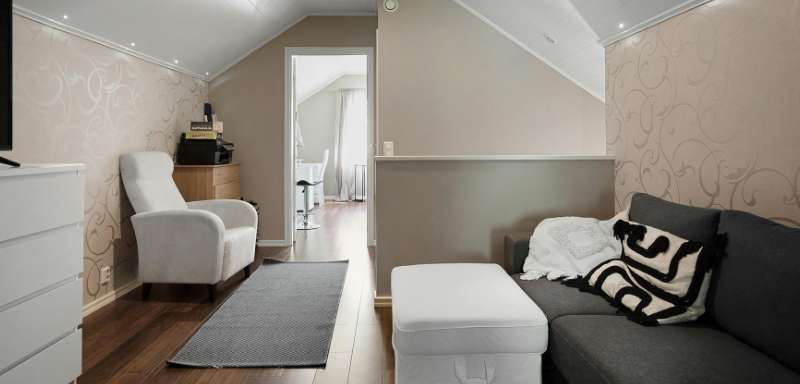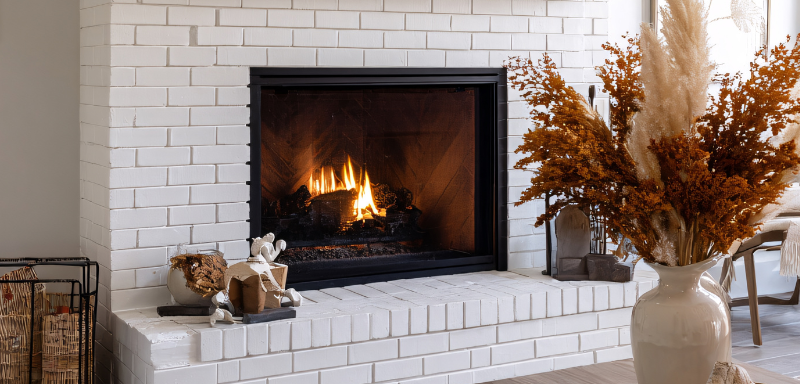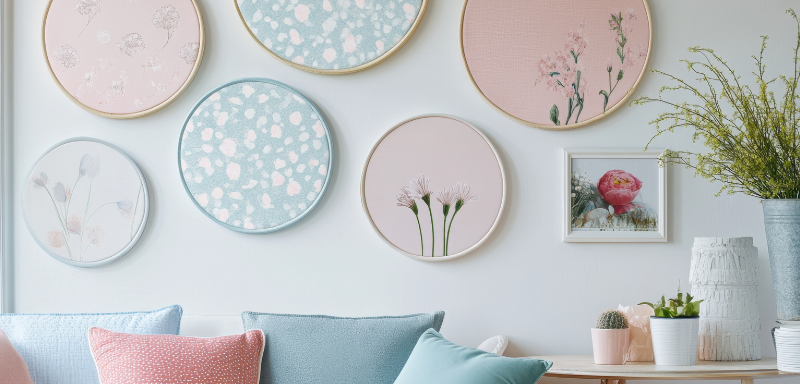Designing a home with pets in mind is no longer a trend—it’s a thoughtful response to how we live, connect, and share space with our furry companions.
Today’s homes are evolving. They are not just built for people, but also for the dogs and cats that bring comfort, joy, and personality to everyday life.
Pet-centered design focuses on blending functionality, comfort, and aesthetics to create a space where humans and animals thrive together harmoniously.
Whether you live in a small apartment or a spacious home, thoughtful design choices can improve your pet’s quality of life—and yours too.
The Rise of Pet-Friendly Architecture
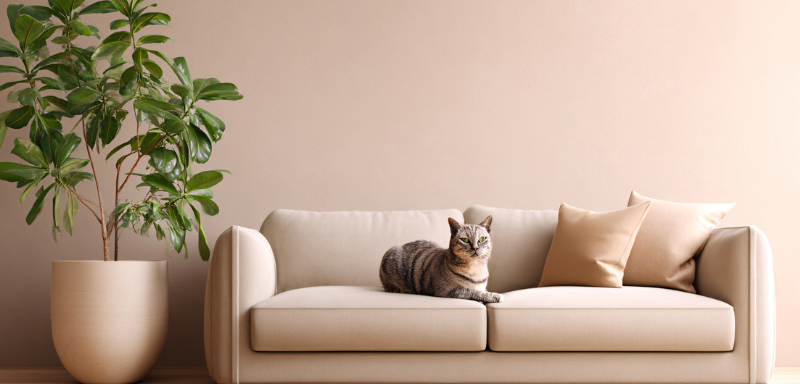
Across the United States, more homeowners are including their pets in design decisions. Architects and designers are responding with clever, stylish, and pet-conscious solutions.
From built-in feeding stations to hidden litter drawers and scratch-friendly wall finishes, pet-centered design prioritizes convenience without sacrificing beauty.
Pet spaces are now extensions of the home’s personality. They include cozy nooks, window perches, dedicated washing stations, and textured zones built for sensory enrichment.
These choices reduce stress for pets and create easier, more seamless routines for their humans. Everyone benefits from a home that’s designed with love and logic.
How Interior Architecture Impacts Animal Behavior
Just like people, pets respond to their surroundings. A thoughtful layout can improve behavior, comfort, and well-being.
Open spaces reduce anxiety in dogs by allowing clear sightlines and less crowding. For cats, verticality—like shelves or bridges—offers security and stimulation.
Too much noise or hard surfaces can increase stress. Textiles like rugs and soft bedding help absorb sound and create safe landing spots for play and rest.
Design that respects an animal’s instinct—such as hiding, scratching, or perching—leads to fewer behavioral issues and a more peaceful shared environment.
Room by Room: Designing for Pets and People
Every room presents opportunities to include your pet’s needs while maintaining a clean and beautiful look. Pet-centered design is about inclusion and function—ensuring each space serves both you and your animal companion.
Here’s how you can thoughtfully integrate pet comfort and aesthetics across different areas of your home:
| Room | Pet Needs | Design Features |
|---|---|---|
| Entryway | Clean paws, controlled access | Mudroom bench, pet gate, storage for leashes and towels |
| Living Room | Relaxation, interaction | Durable fabrics, washable rugs, pet-safe plants, cozy pet beds |
| Kitchen | Feeding, supervision | Built-in bowls, non-slip mats, pet food drawers, safe flooring |
| Bedroom | Sleep, closeness | Pet stairs, joint sleeping zones, quiet textures |
| Bathroom | Grooming, hygiene | Pet shower station, towel hooks, slip-resistant tiles |
These simple design additions not only help create safer and more enjoyable spaces for pets, but also reduce clutter and stress for everyone in the household.
Materials That Work for Pets and Design
Not all surfaces are created equal when pets are involved. Pet-centered design means choosing materials that support durability, safety, and ease of maintenance—all while staying stylish.
Below is a guide to materials that strike the right balance between function and aesthetic:
| Material | Benefit | Use Case |
|---|---|---|
| Performance Fabrics | Stain and scratch-resistant | Sofas, cushions, pet furniture |
| Hardwood (sealed) | Durable, easy to clean | Floors, stairs |
| Tile or Stone | Cool, hygienic, non-porous | Bathrooms, kitchens, pet wash stations |
| Sisal or Jute | Scratch-friendly, natural look | Rugs, scratching zones |
| Washable Covers | Easy to refresh and clean | Bedding, throws, slipcovers |
Choosing the right materials can help your home withstand muddy paws, playful claws, and the occasional spill—without sacrificing comfort or style.
Pet Zones That Blend with Decor
Dedicated pet spaces don’t need to clash with your style. With intentional design, they can become part of your home’s charm.
Consider built-in cubbies under counters, dog crate cabinets disguised as end tables, or litter boxes hidden inside furniture.
Match pet beds or feeders to your interior palette. Neutral tones, modern textures, and natural materials help everything feel cohesive.
Create zones your pet will love—sun patches near windows, cushioned corners for naps, or vertical climbs for feline fun.
Textures, Scents, and Sensory Comfort
Sensory design also benefits animals. Soft textures soothe, familiar smells comfort, and varied surfaces offer enrichment.
Use washable, tactile fabrics in pet areas. Include plants that are safe for pets and neutral-scented cleaning products that won’t irritate their senses.
Avoid overly smooth or slippery floors. Instead, combine grip and softness to prevent accidents and support older pets’ joints.
These elements create an emotionally stable and physically supportive environment for dogs and cats alike.
Checklist: Essentials for Pet-Centered Design
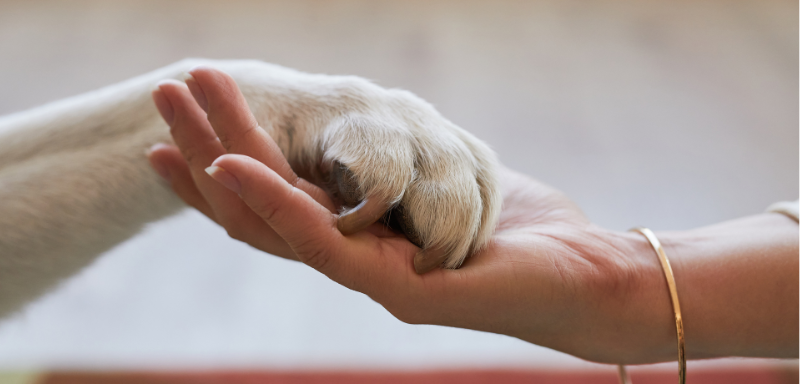
To make your home truly pet-centered, it helps to think in layers—from practical needs to emotional comfort. The checklist below covers core principles to help you plan with intention.
- Choose durable, easy-to-clean materials
- Incorporate washable textiles and slipcovers
- Provide vertical access or hiding zones for cats
- Add pet-specific storage for gear and food
- Blend pet furniture with your overall decor
- Avoid toxic plants and chemicals
- Design cozy spots near windows or heating sources
- Use rugs or runners for traction
- Include pet-friendly entry and grooming areas
These steps make a big difference in your pet’s day-to-day life. A thoughtful setup reduces stress, supports routines, and helps both people and pets feel more at home.
Smart Storage for a Clutter-Free Pet Home
Living with pets often means storing toys, food, grooming supplies, and accessories—all without letting clutter take over your space. Thoughtful storage keeps your home beautiful and functional.
Create designated drawers or cabinets for pet items near where they’re used. A slide-out drawer in the kitchen can hide food bowls or treat containers discreetly.
Hooks near the door help keep leashes and harnesses within easy reach. Storage benches offer a place to tuck away toys, towels, and seasonal gear.
Baskets with washable liners are great for organizing toys and beds, while stylish bins can match your decor and make daily cleanup easier.
Well-placed storage keeps routines smooth and reduces visual noise, allowing both you and your pet to move more freely and peacefully throughout the home.
Outdoor Access and Enrichment at Home
Pets benefit greatly from safe access to fresh air and stimulation. Whether you have a yard, balcony, or small patio, design can help bring the outdoors in.
Secure fencing and pet-safe gates create freedom for dogs to explore without danger. Even cats can enjoy protected access using enclosed “catios” or screened porches.
Add sensory elements outdoors like grass patches, stepping stones, or shaded zones. These natural textures and temperature changes provide engagement and calm to curious animals.
A pet door can give animals more independence while also simplifying daily routines for you. Choose energy-efficient models with secure locking systems.
Even apartment dwellers can offer enrichment with window perches, balcony privacy screens, or potted herbs that attract sniffing and gentle play.
Technology and Tools for Pet-Friendly Living
In modern homes, technology plays a growing role in supporting pet care. Smart tools can streamline routines, monitor health, and add comfort for both pets and owners.
Here are some useful technologies and tools that enhance pet-centered living:
| Tool or Feature | Purpose | Benefit to Pets and Owners |
|---|---|---|
| Smart Pet Feeders | Scheduled or portion-controlled feeding | Keeps diet consistent and supports busy schedules |
| GPS Collars | Real-time location tracking | Improves safety for outdoor pets |
| Pet Cameras | Monitor activity and behavior remotely | Allows check-ins, reduces separation anxiety |
| Motion-Activated Lights | Illuminate pet pathways at night | Prevents injury and reassures nervous pets |
| Air Purifiers | Improve air quality in multi-pet homes | Reduces allergens, hair, and pet odors |
Integrating these tools supports a smoother routine, better hygiene, and peace of mind. Technology, when used mindfully, helps you build a healthier, more connected pet-friendly home.
Daily Habits That Support Pet-Centered Living
Creating a pet-centered home goes beyond design—it involves building daily habits that promote your animal’s comfort, confidence, and overall well-being.
Start with consistency. Pets thrive on routine. Regular mealtimes, designated rest areas, and predictable grooming rituals create emotional security and reduce stress.
Use environmental cues. Simple changes like turning on a soft light before bedtime or opening a curtain near a perch in the morning build daily connection points.
Keep enrichment simple and steady. Rotate toys weekly, change nap spots seasonally, and involve your pet in calm household routines whenever safe and possible.
Here are a few simple habits to reinforce a more emotionally responsive home:
- Feed pets in a calm, consistent location free from foot traffic
- Provide daily mental stimulation through toys, training, or window watching
- Maintain clean, soft bedding in areas they choose naturally
- Use music or white noise to soothe anxious pets during alone time
- Offer gentle touch or brushing as a bonding activity—not only grooming
These small acts strengthen the emotional fabric of your home, helping your pet feel seen, secure, and included every day.
Building Pet-Safe Zones in Open Concept Spaces
Open layouts are beautiful but can pose challenges for pet needs. Zoning creates structure, privacy, and safety for animals in shared, flexible spaces.
Use rugs or raised platforms to define areas for rest, play, and feeding. Low shelving or furniture can act as soft dividers without blocking flow.
Provide visual escape points—like under benches, behind plants, or next to furniture—so pets can retreat or observe as needed.
Multi-purpose furniture with built-in pet spaces adds utility without cluttering your space. Try ottomans with hidden beds or window benches with storage and cushion layers.
Smart zoning offers your pet choice and confidence, especially in households with multiple animals or children. It builds a home that’s open, yet emotionally secure.
Pet Design for Seasonal Changes
As the seasons shift, so do your pet’s comfort needs. Designing with year-round adaptability ensures a cozy and safe environment through every climate.
In colder months, place warm pet beds near heat sources and draft-free areas. Use thicker washable fabrics and consider a heated mat for aging pets.
In warmer seasons, ensure shaded spots and good airflow. Cooling mats, elevated pet beds, and tiled floors can help pets regulate body temperature naturally.
Rotate toys and textures to reflect seasonal changes—soft fleece in winter, lighter cotton or sisal in summer—for ongoing stimulation and comfort.
This seasonal awareness supports your pet’s health and happiness while maintaining harmony in your interior aesthetic.
Where Design Meets Wagging Tails and Whiskers
Pet-centered design brings comfort into architecture by acknowledging animals as part of the family. It reshapes interiors around companionship, instinct, and daily joy.
Designing with pets in mind strengthens bonds and simplifies routines. Every element—from flooring to furniture—becomes a chance to support shared living and emotional ease.
Textiles that feel familiar, windows that offer views, and quiet corners all help pets feel calm, while humans enjoy a sense of order and warmth.
These small, thoughtful details add beauty without excluding function. When design respects pets’ needs, it supports the harmony of the entire household.
A well-designed pet-friendly home is more than convenient—it’s a celebration of trust, presence, and the deep connection we share with animals every day.

